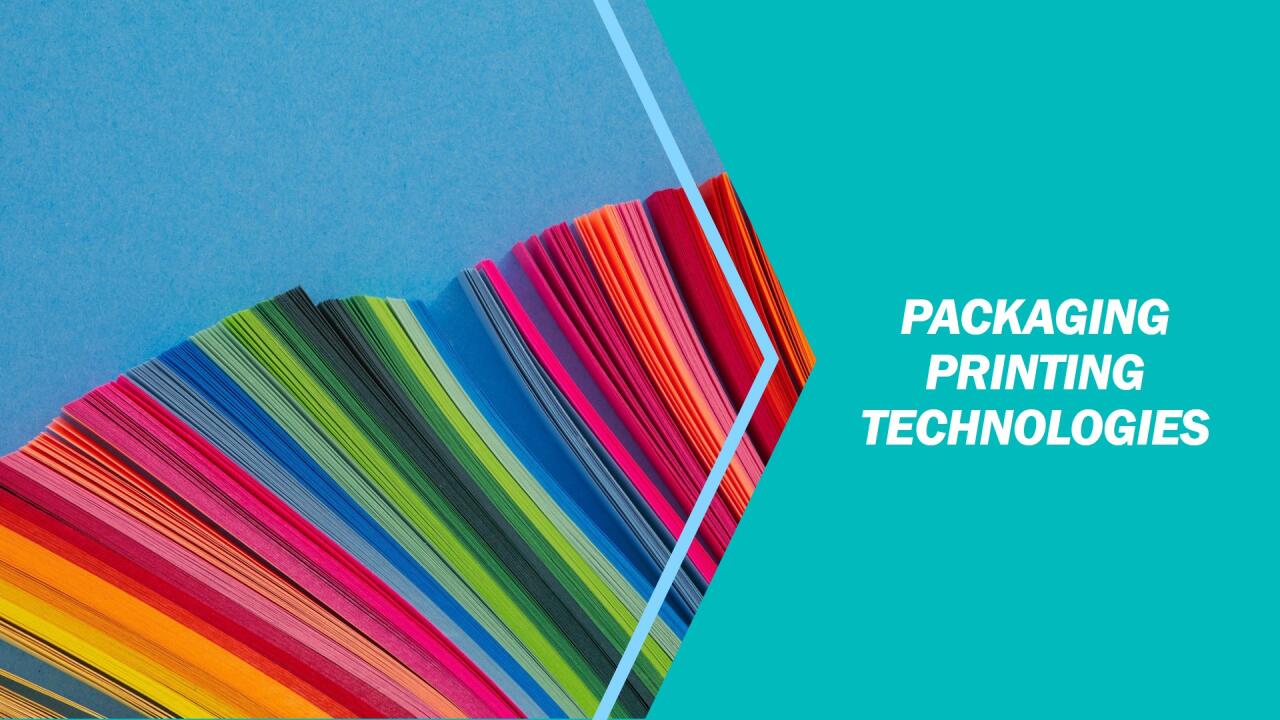
In today's world of product packaging, visual appeal is not just about catching the eye; it's about telling a story, communicating information, and enhancing brand identity. Printing technology plays a pivotal role in achieving these objectives, offering a wide array of options to packaging manufacturers and designers. Let's delve into the diverse world of printing technologies that adorn the packages we encounter every day.
1. Flexography: Often hailed as the workhorse of the packaging industry, flexographic printing utilizes flexible relief plates to transfer ink onto various substrates. This technology is highly versatile and can print on materials ranging from paper and cardboard to plastics and films. It's commonly used for large print runs due to its efficiency and relatively low cost.
2. Offset Lithography: Known for its exceptional image quality and consistency, offset lithography is a popular choice for high-end packaging. It involves transferring ink from a plate onto a rubber blanket and then onto the packaging material. While it's not as commonly used for packaging as it is for commercial printing, offset lithography offers unmatched color fidelity and detail, making it ideal for intricate designs and premium packaging.
3. Digital Printing: With the rise of customization and personalization in packaging, digital printing has gained significant traction. This technology allows for quick turnaround times and variable data printing, making it perfect for short print runs and targeted marketing campaigns. Digital printing eliminates the need for plates, enabling cost-effective production of small batches and prototypes while maintaining excellent print quality.
4. Gravure Printing: Characterized by its ability to produce high-quality, high-speed prints, gravure printing utilizes engraved cylinders to transfer ink onto the substrate. This process excels in reproducing fine details and achieving vibrant colors, making it a preferred choice for packaging that demands premium aesthetics, such as cosmetics and luxury goods.
5. Screen Printing: Although less common in mainstream packaging, screen printing offers unique capabilities, particularly for specialty applications. It involves pushing ink through a fine mesh screen onto the substrate, allowing for thick ink deposits and special effects like metallic inks and textures. Screen printing is often employed for limited edition packaging, promotional items, and prototypes where customization is paramount.
6. Inkjet Printing: Inkjet printing technology has evolved rapidly, offering enhanced speed, resolution, and substrate compatibility. It's widely used for printing variable data, barcodes, and QR codes on packaging, facilitating traceability and supply chain management. Inkjet printers can handle a variety of substrates, including corrugated cardboard, flexible films, and even directly onto products themselves.
Understanding the nuances of these printing technologies empowers packaging designers and manufacturers to make informed decisions based on their specific requirements. Whether it's maximizing efficiency, achieving superior print quality, or embracing customization, there's a printing technology suited to every packaging need. By harnessing the capabilities of these technologies, brands can elevate their packaging from mere containers to compelling storytellers that captivate consumers and leave a lasting impression.
Copyright:@2020-2021
Comments Please sign in or sign up to post.
0
0 of 500 characters used